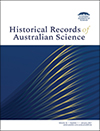
Historical Records of Australian Science
Volume 33 Number 1 2022
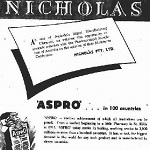
In the 1950s, pharmacologists and chemists at the University of Melbourne and the pharmaceutical company Nicholas Pty Ltd discovered substances that could alleviate the respiratory depression caused by morphine and by barbiturates. Although this was a significant development in Australian science, the substances never became commercial drugs because of uncertainty about their efficacy, the development of better drugs, the reluctance of Nicholas to commit to further research in the face of increasing regulatory requirements for the registration of new drugs, and the early death of the research leader, Professor Frank Shaw.
HR21007Mary Proctor and the Cawthron observatory project: a lost history of the Mount Stromlo Observatory
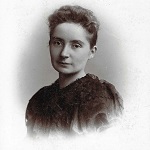
The foundation of the Mt Stromlo Solar Observatory is celebrated as a major achievement in the history of Australian science, but for many years there was uncertainty about its construction. Between 1912 and 1914 the Anglo-American popularizer of astronomy, Mary Proctor, undertook a tour of Australia and New Zealand, which nearly resulted in an observatory being built at Nelson, New Zealand. The lack of historical attention to Proctor’s tour, and the plans for Nelson, speak to the way in which we tend to remember success over failure, to overlook the role of popularization in science, and to forget the contribution of women.
HR21007 Abstract | HR21007 Full Text | HR21007PDF (1000 KB) Open Access Article

Georg Rumphius described a tree from the island of Seram in Herbarium Amboinense (1741–50) as Arbor Versicolor. It is undoubtedly Eucalyptus deglupta and therefore a pre-Linnaean description of Eucalyptus long before it was ‘discovered’ by the British and described by the French in 1789. Rumphius also described species of other large Australian tree genera, Acacia, Casuarina and Melaleuca that have outlying species from Maluku (Moluccan Islands), thereby cementing a deserved reputation in the history of Australian botany.
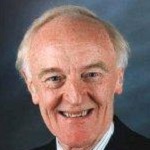
Professor A. David Buckingham CBE FRS FAA made fundamental theoretical and experimental contributions to the understanding of optical, electric and magnetic properties of molecules. After studying at the University of Sydney, he took a PhD at Cambridge University, UK and established a distinguished international academic career. A man of broad interests and achievements, he retained an active interest in his native Australia and its science.
HRv33n1_BMLord Robert May of Oxford 1936–2020
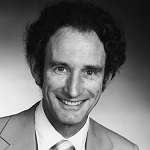
Lord (Robert) May (1936–2020) was an Australian physicist-turned-ecologist— he ‘blundered into the field’ in the late 1960s. Using simple mathematical analyses, he modelled population fluctuations and the spread of infectious diseases, and the operation of the banking system. He was the UK Government Chief Scientist (1995–2000) and President of the Royal Society of London (2000–2005). In 2001, he was appointed to the House of Lords as an independent ‘cross-bencher’ and made significant contributions to Select Committees dealing with technical and economic matters.
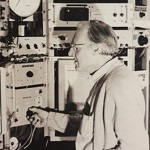
Mervyn Paterson exploited a background in metallurgical engineering and the physics of metals as the basis for a long and influential career in earth sciences. Recognising the need for specialised equipment for experimental rock deformation, Mervyn designed and constructed machines to study the mechanical behaviour of rocks under conditions of high pressure and temperature. Mervyn’s insights have found widespread application in understanding the behaviour of the Earth’s crust and underlying mantle.
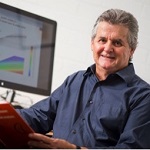
Scott William Sloan, AO, FAA, FTSE, FREng, FRS, was a distinguished Australian geotechnical engineer, who pioneered many advances in computational methods that are now used routinely to design structures constructed in and of earth materials. This paper describes his career development and his numerous research achievements, as well as his role in mentoring other engineers.




